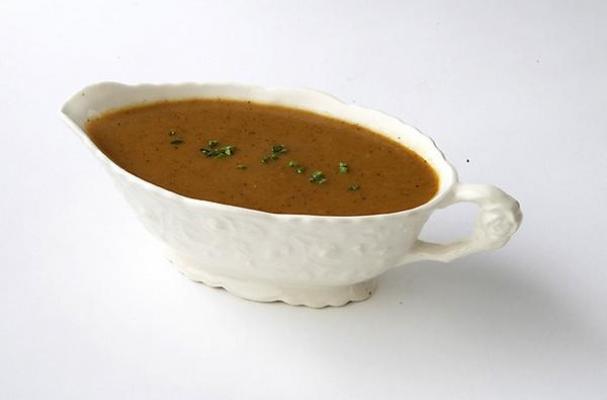
Home cooking has been making a nice comeback, after years of trying to forget we have a stove and plates for a reason. Because learning to cook hasn't been such a priority for many of us, when the time comes to make a meal, it can feel impossible to know where to start! Unless there is a mom or family member who knows how to cook, who to ask?
Here are 3 basic kitchen techniques that any home cook can master and make part of his/her cooking experience. There are dozens of things to learn, but if you figure out just a few at a time, soon your friends and family will be looking forward to you making a meal filled with good flavor and love.
Learn to Make Sourdough
Is this a strange place to start? Not really. For many generations, having a sourdough starter bubbling silently in the kitchen, was commonplace. Use sourdough to make plenty of delicious recipes, and consider it your standby helper when you are looking to improve the most basic baking recipes. Some sourdough starters are made with a laundry list of ingredients. Mine is simple. Water a flour, some dry yeast if I'm in the mood. That's it!
Sourdough Starter
2 cups flour
2 cups warm water
Optional: 1 tsp dry yeast
Place all ingredients in a quart jar.
Stir until combined.
Cover, and store at room temperature for 2 days, or until pleasantly yeasty smelling.
Store in refrigerator if not used every week.
To use, remove what the recipe calls for, and replace with 1 cup each - water and flour. Stir and let stand until bubbly before placing back in refrigerator.
Learn to Make Gravy
This should be a basic technique that any cook learns in the very beginning. A good gravy is richly flavored, and slightly thickened. It glazes the food and adds a layer of flavor and moisture that compliments but never overpowers. Gravy should be silky and smooth, not too salty and certainly not too thick. A basic gravy:
After meat finished cooking, remove from pan. Pour all juice from pan into a heat safe bowl. Allow fat to rise to the top and remove most of it. Some should remain, but an excess of fat will make your gravy separate. Return pan to stove and deglaze by adding the juices and a bit more liquid-wine, water, stock, beer. Heat and scrape pan to loosen the darkened bits from the bottom of the pan. This adds tremendous flavor to the gravy. Reduce the liquid until the flavor is satisfactory, then add 1 Tbsp flour per cup of liquid. To keep from making lumps, stir briskly with a whisk, while sprinkling flour over juices.
Use a fine strainer to strain the resulting gravy and you will have perfect results.
Learn to Make Soup Stock
If you buy your broth in little cubes, you are missing out on one of the least expensive and most satisfying recipes to make as a home cook. Homemade broth is made from bones. That's it! Buy them in packages at the grocery store, or use the leftover bones from the chicken or turkey you had for dinner, the bone in roast you just made, or save them in the freezer as you go, and make a batch of stock at the end of the month.
Leftover vegetables, both cooked and raw, can be saved up in the freezer as well. All of this added to the pot and covered with water. The trick to a good broth is low and slow, that is, simmer not boil, and let it bubble away as long as you can stand it. Broth can be used right away, or allowed to cool, strained, and frozen until needed.
These three things seem minor, who makes soup or bread or gravy every day? What makes these special is that they take time and skill to do. The home cook is taking extra time and effort to make something delicious for their loved ones. That is well worth exploring.
Image Sources:










